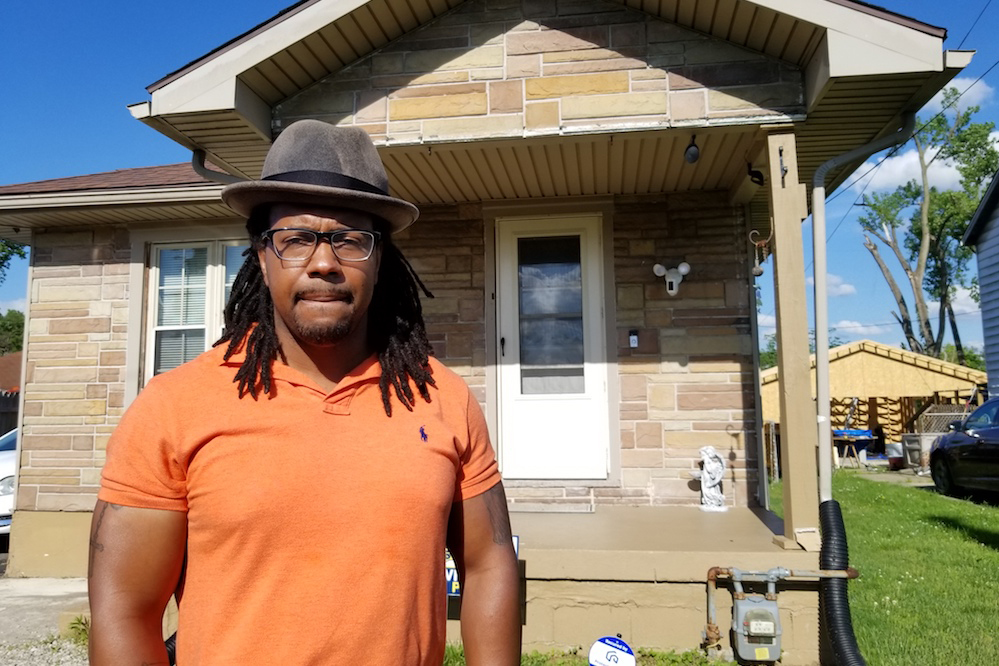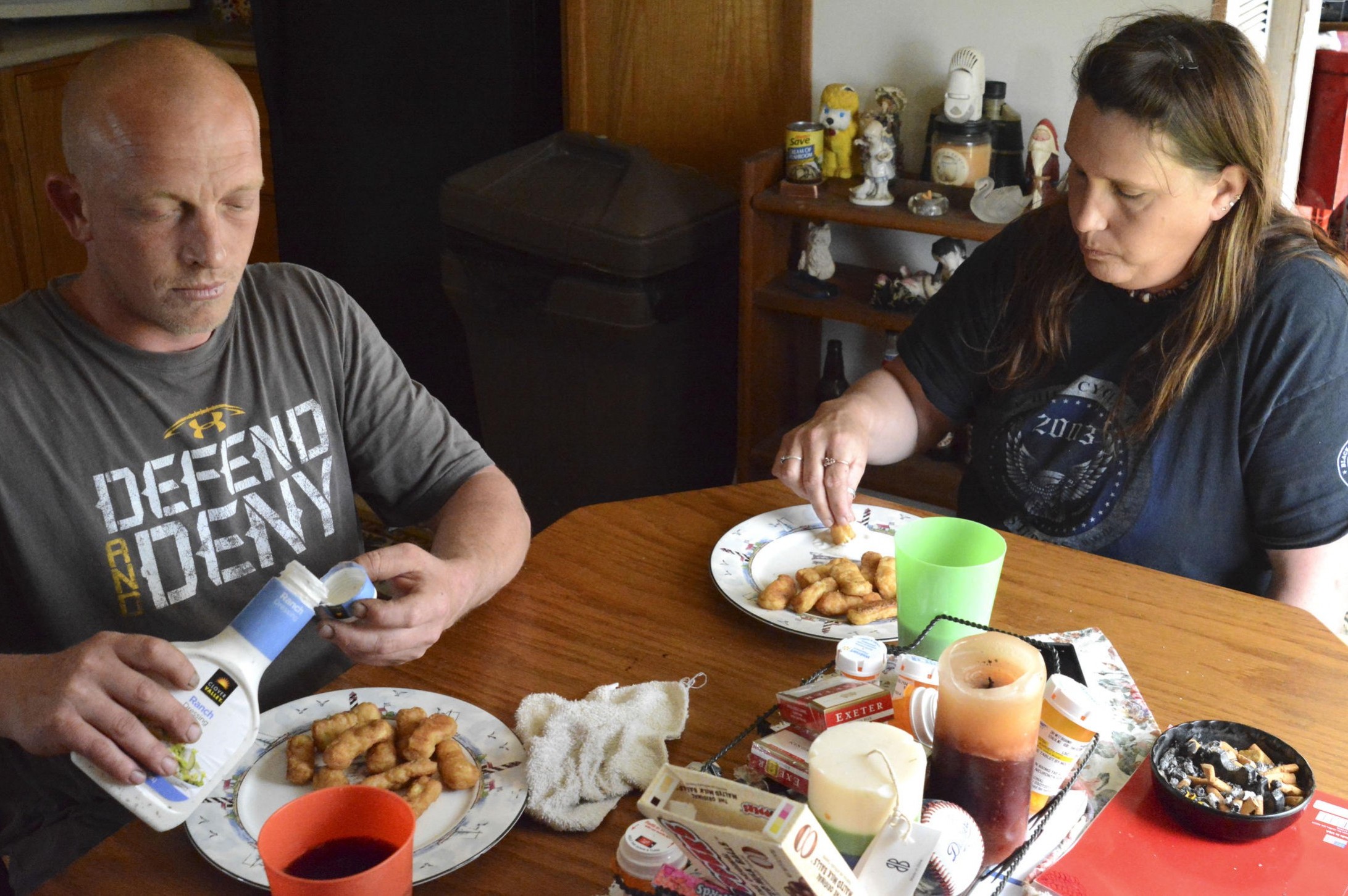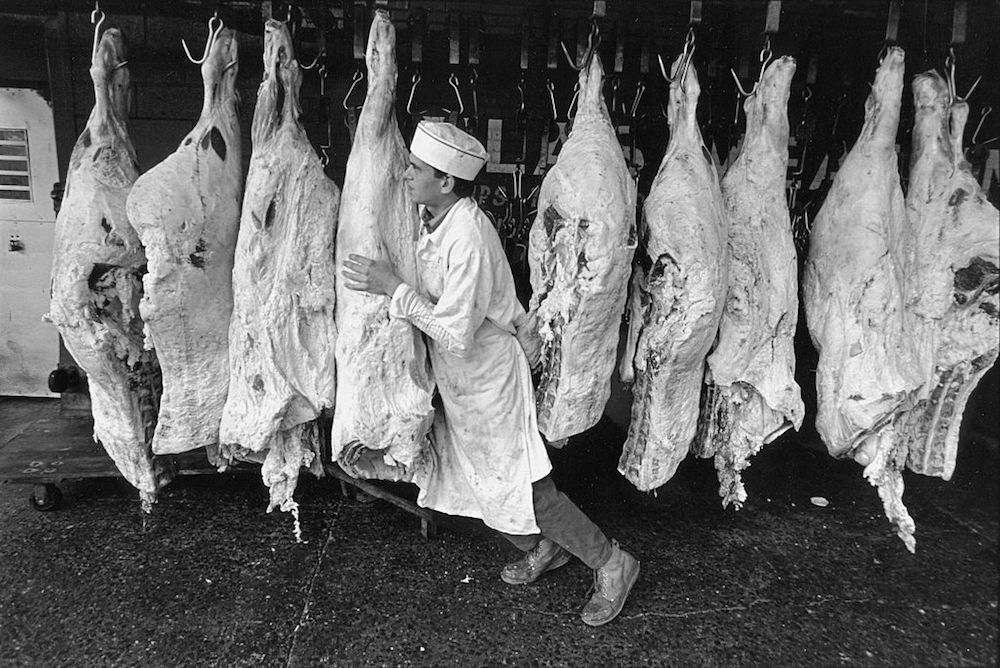The day after my dad died unexpectedly of a heart attack at age 60, I found myself in a nearby funeral home, staring at the handwritten, folded letter I’d written for my dad as a polite funeral director discussed options with me and my wife. Did we want jewelry made with my dad’s fingerprint on it, an upgraded casket for his cremation, or a selection of candles with his face on them? I want to know how much this will cost, was the terribly practical thought I kept returning to. I hadn’t had time to process my dad’s sudden death, sixteen years after my mom died from a stroke. I’d had a single blurry day to come to terms with my dad’s death and take responsibility as his only surviving next of kin, with no parents, grandparents, or siblings to help me out.
Get Talk Poverty In Your Inbox
Fortunately, I knew my dad’s wishes from dozens of conversations: Spend as little on his death as possible, have him cremated without embalming, and spread his ashes at Ossipee Lake in New Hampshire where he spent every summer as a kid. I tried not to feel guilty as I turned down the options the funeral home director explained to me, picturing my dad’s blue eyes as he told me not to spend an extra dime on his death, his insistence that he wanted to keep this simple. I knew my mom’s funeral costs had been impossible for him to handle as a cab driver, and that her brother had paid for almost everything.
After a lengthy and transparent explanation of what was available, I was handed a breakdown sheet with itemized prices. In total, my dad’s cremation costs sat at around $3,700: $2,900 for professional services and basic cremation, $260 for a container to keep his ashes in, $84 for copies of the death certificate, $31 for a cremation permit, $260 for the crematory, and $200 for the medical examiner fee (which went up by 100 percent in Massachusetts in 2019). My wife and I put the cost on a credit card and went home, exhausted.
I grew up in the projects, and lived just above or at the poverty line for the first eighteen years of my life. My parents, like 40 percent of Americans, never had $400 in the bank for an emergency. When my dad received medical bills for things that MassHealth didn’t cover, he let them go to collections because we simply couldn’t afford to pay them. Just a few years ago, my wife and I were in a similar boat. If my father had died in 2016, neither of us would have had a single credit card with a high enough limit to pay for his cremation costs.
My dad’s death was the second expensive emergency we faced in 2020, a year where nearly ten months were spent in an unprecedented global pandemic. In May, we had to pay for our cat’s life-saving cystotomy. I remember how relieved I was when we paid off the credit card we used for her surgery about a month and a half after it happened.
About a week after my dad’s death when the shock wore off, I decided to start a fundraiser to cover the cost of my dad’s cremation. According to GoFundMe, 13 percent of its campaigns created in 2017 funded memorials, and a 2015 Funeral and Memorial Information Council study reported that 17 percent of adults between 20 and 39 solicited or donated money online for funeral-related arrangements. Sites dedicated specifically to funeral and memorial costs have launched, such as FuneralFund and Ever Loved. A 2019 survey from the National Funeral Directors Association showed that the cost of cremation had gone up 8.5 percent in the U.S. over the last five years, and the median cost of direct cremation is $2,495. The median price for a full funeral and burial in 2019 was $9,135, adding to the stress for the deceased’s next of kin. All of this is an even greater financial and emotional strain during a global pandemic, when many people have lost income and while low-income folks, people of color, and disabled people are dying at higher rates due to complications from COVID-19 compounded by racism, classism, and ableism in medical care.
Based on the 4.9 percent fee deducted from each donation at Fundly, I set my fundraiser at $5,000, hoping to raise enough to cover paying off the credit cards before any interest accrued plus a little extra to cover the cost of traveling to Ossipee for the weekend to spread my dad’s ashes once it’s safe to actually memorialize him.
As I shared my fundraiser on social media, I wondered if my dad’s wishes were simply because he didn’t believe much should be spent on death or because he understood that cremation and funeral costs can be pricey.
I thought of my dad, grieving my mom and unable to help pay for her funeral expenses, cutting back his hours at work because he had to take care of me full-time. I thought of him calling me the first time he qualified for a secured credit card after years of financial instability. I thought of my dad giving me and my wife a “mini honeymoon” weekend trip for our wedding because we couldn’t take enough time off to go on a full honeymoon right away, of him buying us dinner and champagne for our first anniversary, of the way he used to stop by and bring us desserts from an Italian bakery in Boston just because he could finally afford spontaneous gifts. My dad was financially secure for the last three years of his life, and he spent most of it in generous ways, helping residents at his sober home pay their rent and paying for aquarium memberships for the toddlers in our family.
Within two weeks, my fundraiser was fully funded, and we could pay off the credit card with zero interest. I almost cried when I saw the fundraiser total amount.
The fact that paying my dad’s cremation costs came down to luck and privilege isn’t lost on me. On average, only 22.4 percent of crowdfunding projects are successful and meet their goal, and 24 percent of Americans don’t have a credit card. There isn’t much support out there for young or low-income people shouldering the cost of a loved one’s end-of-life costs alone, aside from crowdfunding and asking for help from friends and family, if that’s even an option. Death — especially an unexpected, sudden loss — creates a seismic shift in your world, but it shouldn’t create an unmanageable financial burden.










